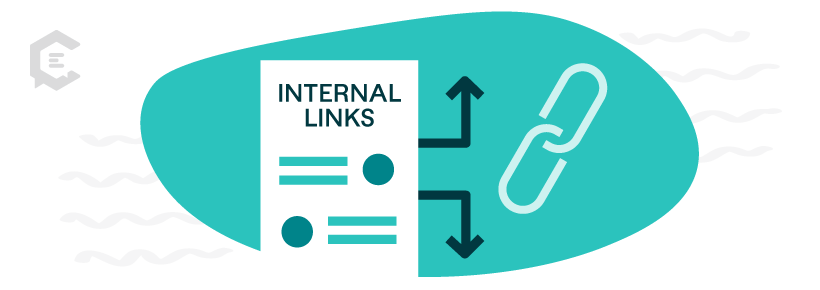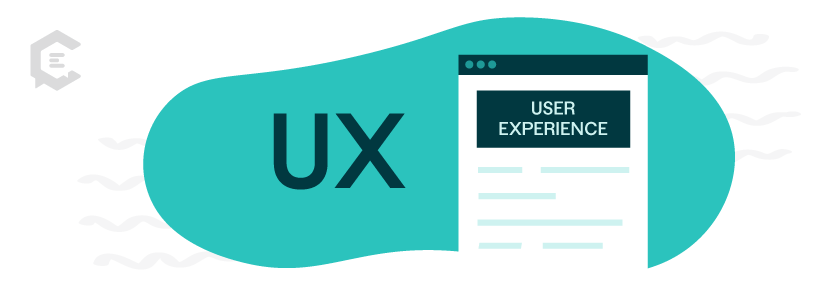SEO and content marketing are both essential to businesses in all industries.
It’s no longer enough to tackle a checklist of SEO tactics without considering your overall content strategy. Google wants more, and so does your audience.
So, how do these concepts intersect? And how can you ensure you’re not missing out on opportunities to expand search reach and earn trust with your content?
Start with these SEO building blocks to becoming an authority in your business. You may end up serving customers much more meaningfully than ever before.
How SEO and Content Marketing Work Together
SEO and content marketing are two approaches to gaining reach within your industry. They work together by embracing compatible methods, many of which overlap. More than that, content marketing can’t work without SEO, and vice versa. The two go hand-in-hand, and attempts to separate them will cause either to fail.
Here’s to understanding SEO Basics…
On-page SEO fundamentals
- Meta Titles: Your title tag. It’s the clickable headline in search engine results when users are searching. Makes sure it’s concise, engages, and uses relevant keywords.
- Meta Descriptions: A brief summary of your webpage. It doesn’t directly impact search rankings, but it’s essential for enticing users to click.
- Content formatting: Structuring your content with heading tags (H1, H2, H3, etc.) not only enhances readability but also signals the hierarchy of information to search engines. Plus, they’ll make your content more digestible and easy to navigate.
- Image Optimization: Ensure that your images are optimized for the web by compressing them for faster loading times. Use descriptive file names and alt text to provide context to search engines and visually impaired users.
Internal linking
While you may not be able to control the number of inbound links you get easily, you are absolutely in control of how you link between your own pages. Fortunately, Google still sees these internal links as a signal for search ranking, and it’s something you can do today to start climbing the ranks.
Don’t just link to pages randomly. For best results, use a solid linking strategy and quality content together to create pillar pages. This can be a massive project and usually requires a good amount of new content to be written.
When executed well, it not only helps you get those SEO and content marketing gains you want, but it can also help users engage with your content better. You actually become helpful in getting them from one related idea to another in a natural and user-friendly way.
- Do: Start with one pillar page and executive it thoroughly and thoughtfully.
- Don’t: Haphazardly link random pages or pages that have little to do with one another.
External linking
Also known as outbound linking, strategically linking to external websites or online resources can boost your SEO. Using external links helps:
- Give value to readers by offering authoritative references
- Build relationships with other sites that can lead to backlinks and increased exposure
- Show Google’s algorithm how your content relates to other websites
Keywords
You can’t get very far into an SEO conversation without hearing about keywords. These are the lynchpin of any good SEO plan since these are the search terms your ideal customer will use to find you. With over 3.5 billion Google searches performed each day, keywords can be the difference maker in achieving traffic and conversion goals.
It’s not enough to identify the keywords you want to rank for. You have to evaluate a variety of factors such as — search volume, keyword difficulty, and search intent — to see if it’s the right keyword for your business. (Over 92 percent of keywords get 10 or fewer monthly searches.)
Any keyword approach should be created with the end in mind. Ask questions like:
- Who is our ideal customer, and what terms would they be searching for?
- How can we establish ourselves as the authority in our field by answering our customers’ most-asked questions?
- How is the industry changing, and what terms can we rank for early, so we have an advantage?
Once you identify your keywords, use them throughout your entire SEO and content marketing strategy. While brands should never prioritize using keywords above creating natural-sounding, helpful content, they should use keywords to help match the search intent of their target customers.
- Do: Incorporate keywords organically into content, including the title, headings, and alt text for images.
- Don’t: Keyword “stuff” or use the same words repeatedly in a way humans would never speak. Avoid misspellings of words and other unprofessional uses of language to meet keyword lists.
Driving Traffic With SEO
While entire companies exist upon the promise of getting “quality backlinks,” this is never an effective standalone strategy. Creating quality content will, over time, naturally get you the kind of links that Google recognizes as valuable. Over 79 percent of SEO professionals agree that link building should be combined with other strategies to be effective.
The added perk of backlinks is more traffic. Visitors find you from other sites they enjoy, which passes some of the trust to you. If you can provide these visitors with something valuable, such as an answer to their question, they will stay on your site longer and possibly even click around to see what else you offer. Longer visit duration and increased page views signal to Google that you have done well with your content efforts, and this also helps to boost your SEO over time.
- Do: Create content that other sites are likely to use as a resource and reach out to these sites naturally over time.
- Don’t: Send spammy emails to site owners asking for a free link or offering to pay for backlinks. (Google frowns on paid backlinks.)
User experience (UX)
Finally, predicting what users will love or hate about your content can be challenging. By following best practices for user experience (UX), you can increase the likelihood that they will stick around and even seek you out the next time they want to engage with a site.
Make sure that your content is mobile-friendly. Create a scannable path from the top of your page to the bottom so that readers can quickly go from content section to content section and find info fast.
While data shows that longer articles perform better, they still need to make sense to the reader. Break up large sections of text, and use high-quality images that don’t take a long time to load.
Give users multiple ways to access new content pages, such as a menu bar at the time and additional content suggestions on the sidebar or bottom that help them discover new ways to engage with your page.
Avoid distracting colors, fonts, or animations, and consider how accessibility guidelines can be incorporated into the page design.
- Do: Use your content pages as a visitor, and look for points of frustration that can hinder users from getting the most from your content.
- Don’t: Frequently make drastic changes to your site design or navigation, as this can disorient and frustrate the same loyal visitors you worked hard to get to your site in the first place.
When You Should Outsource
Today’s enterprise encounters more challenges than ever before, from navigating supply chain challenges to keeping brand voice relevant.
Outsourcing your content creation to a company with both SEO and content creation expertise can be a lifesaver.
If you choose to outsource, avoid any SEO agencies that don’t prioritize quality content to boost search ranking, and reconsider any content marketing companies that can’t explain how SEO is used in their strategy.
At ClearVoice, our team of world-class talent is not only well-versed in creating content in a variety of industries, but SEO is also always top of mind. We can create content that is not only engaging but ranks highly in search engines too. Talk to a content specialist about your needs today.







